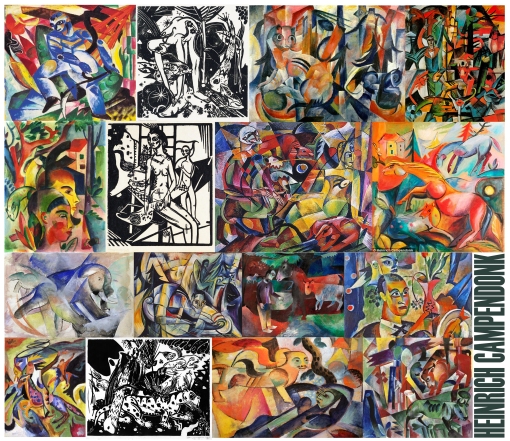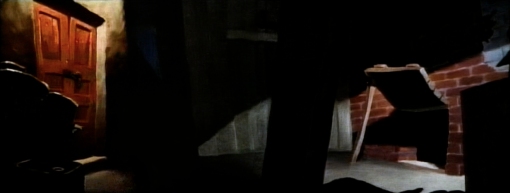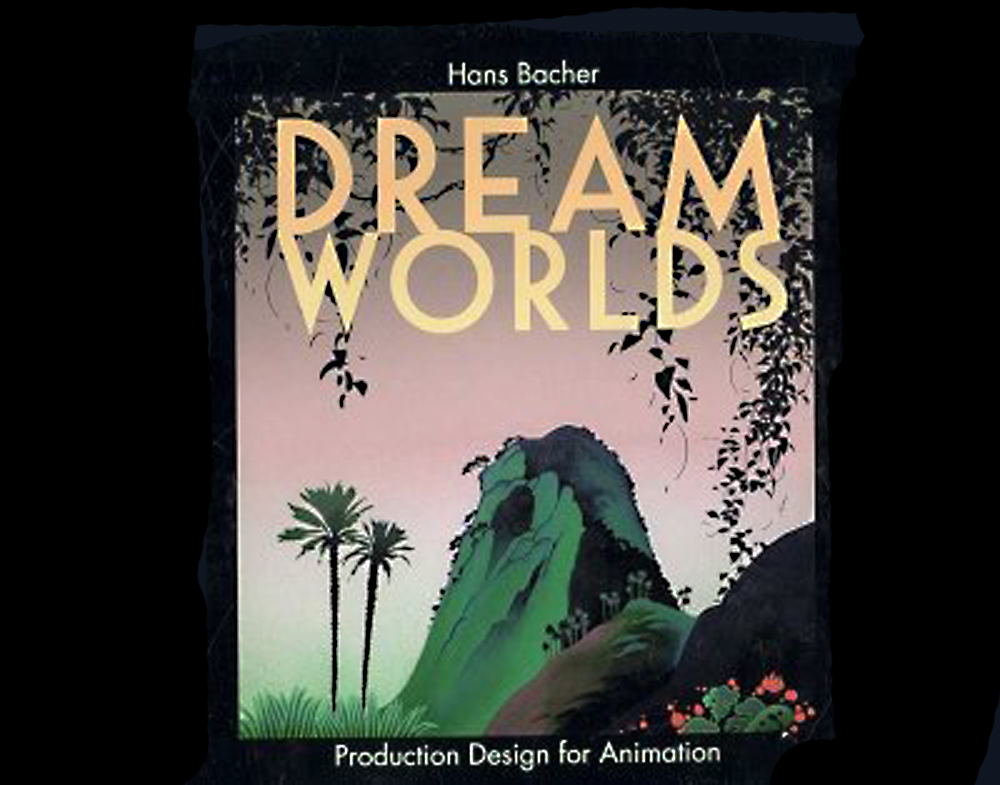
EXPRESSIONISM comes from latin – expressio, what means ‘expression’. shortly before WW1 this definition for a stylistic direction developed, it was aimed against naturalism and impressionism. in art expressionism for the first time moved away from copying nature, it was not about to show what was visible, but to make the invisible visible. the artists destroyed beauty ideals and created instead deformed caricatures. a big influence came from medieval art, where painters and sculptors exaggerated their work to intensify the spiritual expressiveness of their subjects, art that expresses intense emotion, or – distorts reality for an emotional effect. look at the distorted figures of EL GRECO or MATTHIAS GRUENEWALD. later VINCENT VAN GOGH, PAUL GAUGUIN and EDVARD MUNCH used violent colors for intense emotional expression. the expressionists believed that art and society were interwoven. through art, literature, film, and music they disclosed social injustices, rejected materialistic prosperity, and wanted to weaken the privileged leisure-class system. They felt this could only be achieved through ARTISTIC AWARENESS and a proletarian revolution to dismantle laissez-faire capitalism.
the main centers where EXPRESSIONISM developed were germany and austria. in germany it was the WILHELMINE ERA, where the aristocratic oldfashioned KAISERREICH collided with a growing modern, industrial system. it was total asymmetry, the ruling class of prussian nobility, dominating the army and counsils of state, against democratic changes especially in the progressive middle class – in the end germany’s political elites resort to war in 1914 as a strategy of survival. the first worldwar makes things worse, millions die between 1914 and 1918, the german-austrian monarchy collapses, during the following weimar republic a major economic crisis develops, in parts result of the versailles contracts, then communism and fashism – all that leads to nazi germany and the next worldwar.
back to art where the most important expressionist group in the 20th century was the GERMAN SCHOOL. the movement was originated by the painters ERNST LUDWIG KIRCHNER, ERICH HECKEL, and KARL SCHMIDT-ROTTLUFF , who in 1905 organized a group in dresden called DIE BRUECKE (the bridge). they were joined in 1906 by EMIL NOLDE and MAX PECHSTEIN and in 1910 by OTTO MUELLER. in 1912 this group exhibited paintings along with a munich group that called itself DER BLAUE REITER (the blue rider). the latter included the german painters FRANZ MARC, AUGUST MACKE, GABRIELE MUENTER, and HEINRICH CAMPENDONK, the swiss artist PAUL KLEE, and the russian painter WASSILY KANDINSKY. DIE BRUECKE was dissolved by 1913, and WW1 halted most group activity.
a new phase of german expressionism called DIE NEUE SACHLICHKEIT (the new objectivity) grew out of the disillusionment following WW1. founded by OTTO DIX and GEORGE GROSZ, it was characterized by both a concern for social truths and an attitude of satiric bitterness and cynicism. expressionism meanwhile had become an international movement, and the influence of the germans is seen in the works of many international artists.
one of the next posts will cover the development of EXPRESSIONISM in film.
below the first part of the collected artwork of the most important representatives of GERMAN EXPRESSIONISM, tomorrow the second part –







© kirchner / heckel / schmitt-rottluff / nolde / pechstein / mueller






































































Recent Comments